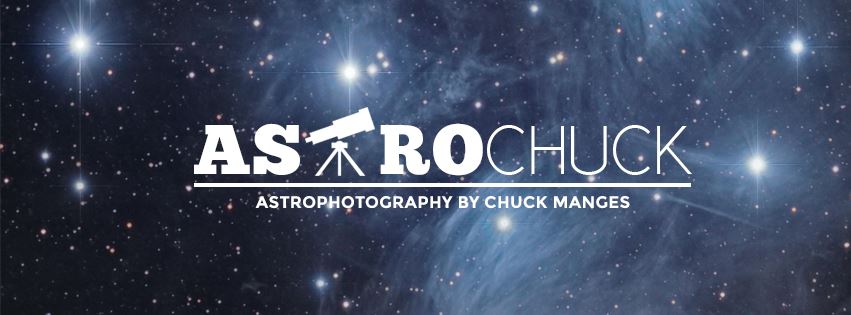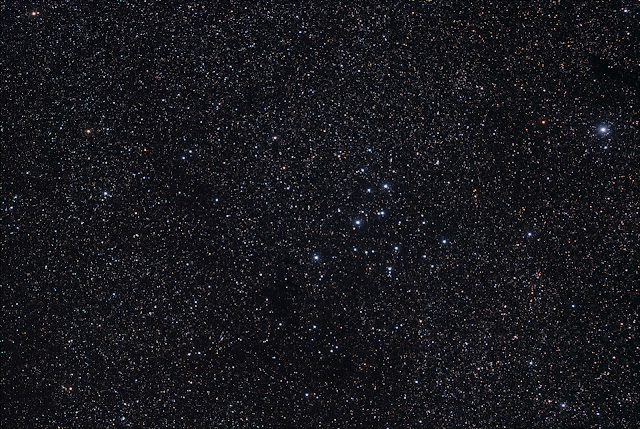I started Astrophotography 4 years ago and I always dreamed of having an observatory. I got a really good deal on a used Explora Dome from my friend Bill Snyder (http://darkskyart.com/ ) back in August.
I already had a spot on our property picked out if the day ever came that I would build an observatory. First trees had to be removed. The trees bordered my neighbors land. Fortunately I have a really cool neighbor, and not only did he agree, but he cut the trees down!
With the trees gone I started on the "foundation" I sunk 4- 4"x4" posts, 3' deep, one at each corner for starters. I framed the 4"x4" posts with 2'x6'x10''s. This provided good measuring points for the heart of the dome, the pier.
I dug a 4' hole approximately 2 1/2' square for the pier base.
With some help, I mixed close to a yard of concrete and filed the pier base. I set 4- 18" pieces of 3/4" threaded stock in the concrete for the metal section of the pier. I decided to go with a metal pier from ground level up (instead of continuing the concrete) for a few reasons. I wasn't quite sure how tall I needed to make the outer walls and I figured a metal pier would be much easier to change or modify. Also mixing the concrete by hand was a pain!
Meanwhile I had the aforementioned metal pier fabricated at a local welding shop. 8" round, approximately 3/16" thick. 5' tall metal pier. I had a 3rd plate added at the top, for adjustments if necessary.
Once I set the metal pier and leveled it up, I filled it with sand to act as a dampening agent. The pier doesn't ring like a bell with the sand added. I then made a makeshift mockup of my telescope and mount to determine outer wall height.....
Once I had I height calculated, I started on the walls....
Once the walls were complete, I put on 3/8" OSB sheeting. My plan is to finish the outside walls with metal siding to match our garage
After the walls, I installed the roof, with water/ice shield underlayment and rolled roofing. I then mounted the dome ring on the top of the roof .....
Once I received the dome wheels I installed them on the ring
With the help from a couple of friends, we lifted the 200lb dome on the ring now outfitted with the wheels......
I added some house wrap for now, the metal siding will go on in the spring.
Next I finished the interior by painting it all flat black(hopefully to reduce reflections) and then installed the mount and telescope.......
CGEM-DX & 11" EdgeHD, shown with Hyperstar & QHY23M
Once I moved everything into the dome I installed the rotation ring and motor. I still have to install a controller for the dome, this will tie together the rotation of the dome and telescope. For now I can manually move the dome as the telescope rotates....it's just good to back up and imaging after this 2 month project!
This was my "first light" image from the dome taken Wednesday morning. A 2 panel mosaic, 15x120 seconds each panel, shot through a Baader Luminance filter and a QHY23M Mono CCD @F/2. Hopefully color will follow soon!
****UPDATE***
Finished the RGB on 11/15/15






























.jpg)





